Totara Tree
- November 28, 2023
- 0 comment
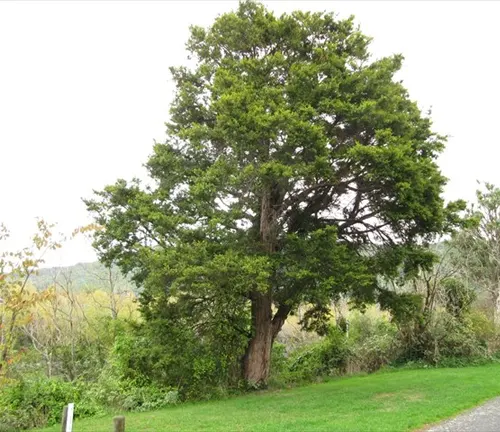
The Totara tree, scientifically known as Podocarpus totara, is an iconic and culturally significant species native to New Zealand. This evergreen conifer holds a special place in Maori culture, revered for its durable timber and traditional uses.
The Totara tree can reach impressive heights of up to 65 meters, featuring distinctive needle-like leaves and small, berry-like fruits. Its wood, prized for its strength and resistance to decay, has been historically employed by the Maori people for carving intricate waka (canoes), constructing wharenui (meeting houses), and crafting tools.
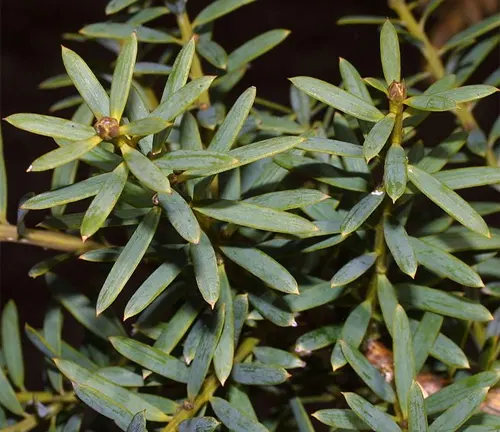
Beyond its cultural importance, the Totara tree plays a vital role in the ecosystem, providing habitat for native birds and insects. Despite facing challenges such as habitat loss and browsing by introduced species, efforts are underway to conserve and restore Totara populations, recognizing the tree’s ecological and cultural significance in New Zealand.
| Characteristic | Description |
|---|---|
| Scientific Name | Podocarpus totara |
| Native To | New Zealand |
| Height | Up to 65 meters |
| Foliage | Evergreen, needle-like leaves |
| Fruit | Small, berry-like |
| Wood Uses | Carving, construction, tool crafting |
| Cultural Significance | Important in Maori culture for traditional uses |
| Ecological Role | Provides habitat for native birds and insects |
| Challenges | Faces threats like habitat loss and browsing by introduced species |
| Conservation Efforts | Ongoing initiatives to conserve and restore Totara populations |
Botanical Beauty of “Totara Tree”
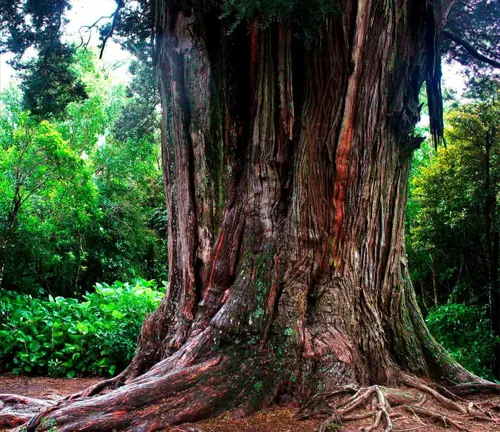
The Totara tree, scientifically classified as Podocarpus totara, stands tall as a botanical marvel native to the enchanting landscapes of New Zealand. Its beauty lies in the elegance of its evergreen foliage, adorned with needle-like leaves that create a striking silhouette against the sky. The tree can reach towering heights of up to 65 meters, adding a majestic touch to the New Zealand scenery.
Woodland Elegance
Beyond its visual appeal, the Totara tree boasts a timeless elegance ingrained in its wood. Known for its durability and resistance to decay, Totara timber has played a pivotal role in the construction of traditional Maori structures, including the crafting of waka (canoes) and wharenui (meeting houses). The intricate patterns and carvings that adorn these wooden creations reflect the cultural significance intertwined with the Totara tree.

Ecological Importance
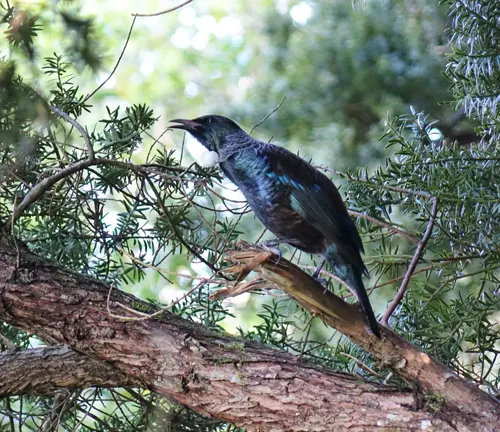
In the intricate web of New Zealand’s ecosystem, the Totara tree holds a key position. Its towering presence provides crucial habitat for native birds and insects, contributing to the biodiversity of the region. However, the Totara tree faces challenges such as habitat loss and browsing by introduced species, highlighting the delicate balance needed to preserve its ecological importance.
Cultivation and Conservation
Efforts are underway to cultivate and conserve Totara populations, recognizing the need to protect this emblematic species. Conservation initiatives aim to restore habitats, mitigate threats, and ensure the sustained existence of the Totara tree in its native environment. These endeavors not only safeguard a species but also contribute to the overall health of the ecosystem.
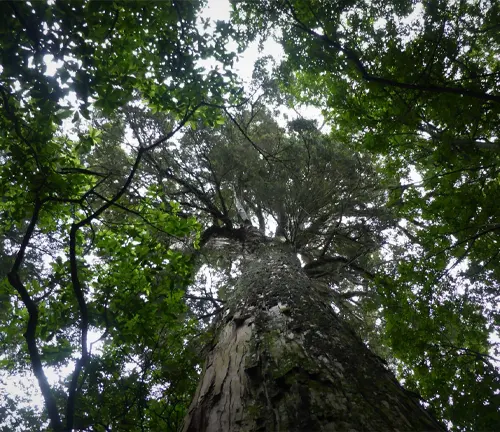
Fragrance
The Totara tree surprises with more than just its visual appeal. It carries a subtle yet distinct fragrance, adding another layer to its botanical charm. The scent, often described as earthy and resinous, enhances the sensory experience of encountering this remarkable tree in its natural habitat.
Soil Stabilization

Beyond its cultural, ecological, and olfactory contributions, the Totara tree plays a practical role in soil stabilization. Its extensive root system helps prevent erosion, anchoring the tree firmly to the earth. This quality makes the Totara invaluable in maintaining the integrity of New Zealand’s landscapes, especially in areas prone to soil erosion.
Common Uses
The Totara tree’s wood is a versatile resource that extends beyond cultural and traditional applications. In contemporary contexts, Totara timber finds use in furniture crafting, flooring, and other architectural elements. Its aesthetic appeal, coupled with its strength, makes it a sought-after material for various purposes.
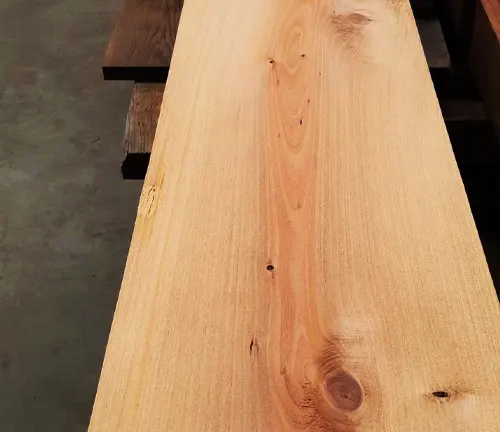
Benefits
The benefits of the Totara tree ripple through different aspects of life in New Zealand. From cultural practices that honor its significance to ecological contributions that support biodiversity, and practical uses in construction and design, the Totara tree stands as a symbol of harmony between nature and human existence. Recognizing and preserving these benefits ensures that the Totara tree continues to enrich the lives of both the land and its people for generations to come.
Different Species
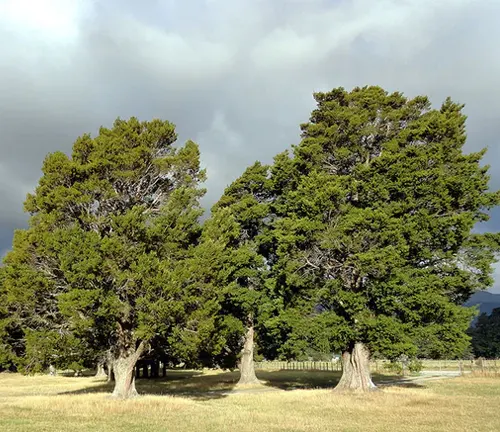
Podocarpus totara
(Totara)
The native New Zealand species, recognized for its cultural and ecological significance.
Podocarpus nivalis
(Snow Totara)
Found in New Zealand, this species is adapted to alpine and subalpine environments.
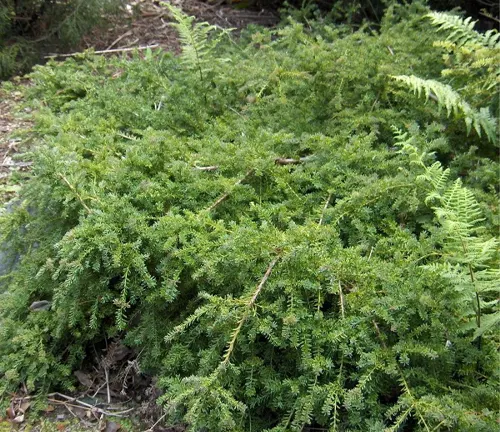
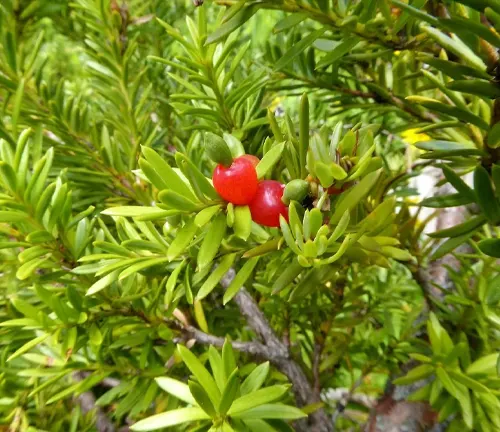
Podocarpus laetus
(Mountain Totara)
Another New Zealand native, often found in montane and subalpine forests.
Podocarpus hallii
(Hall’s Totara)
Endemic to New Caledonia, this species is part of the broader Podocarpus genus.
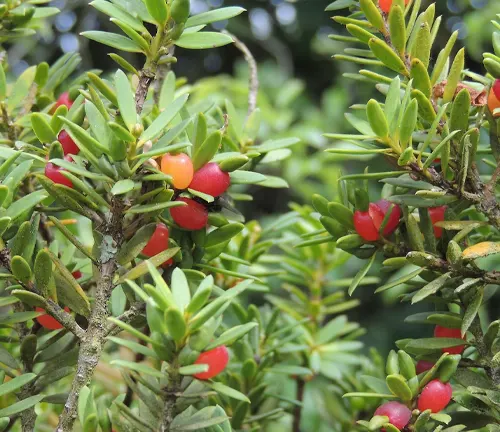
Frequently Asked Questions (FAQs)
1. What is the Totara tree?
The Totara tree, scientifically known as Podocarpus totara, is an evergreen conifer native to New Zealand. It holds cultural significance for the Maori people and plays a vital role in the country’s ecology.
2. Why is the Totara tree culturally important?
The Totara tree is revered in Maori culture for its durable timber, traditionally used in the construction of canoes, meeting houses, and carving.
3. How tall can a Totara tree grow?
Totara trees can reach impressive heights of up to 65 meters, making them one of the tallest trees in New Zealand.
4. What is the ecological importance of the Totara tree?
Totara trees provide crucial habitat for native birds and insects, contributing to the biodiversity of New Zealand’s ecosystems.
5. Are there different species of Totara trees?
While the term “Totara tree” commonly refers to Podocarpus totara, there are other species within the Podocarpus genus, such as Podocarpus nivalis and Podocarpus hallii.
6. What are the common uses of Totara wood?
Totara timber is prized for its strength and resistance to decay. It has been traditionally used for carving, construction, and tool crafting. In contemporary contexts, it is used in furniture making and architectural applications.
7. How is the Totara tree conserved?
Conservation efforts for Totara trees involve restoring habitats, mitigating threats such as habitat loss, and ensuring sustainable practices to preserve this iconic species.
8. Does the Totara tree have a fragrance?
Yes, the Totara tree carries a subtle yet distinct fragrance, often described as earthy and resinous, adding to its botanical allure.
9. What is Snow Totara and Mountain Totara?
Snow Totara (Podocarpus nivalis) and Mountain Totara (Podocarpus laetus) are related species found in New Zealand, adapted to alpine and montane/subalpine environments, respectively.
10. How does the Totara tree contribute to soil stabilization?
The Totara tree’s extensive root system aids in soil stabilization, helping to prevent erosion and maintain the integrity of landscapes, especially in areas prone to soil erosion.





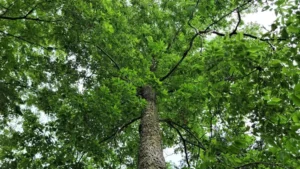


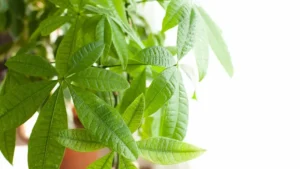
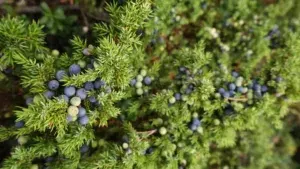
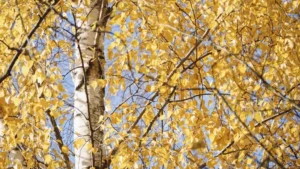

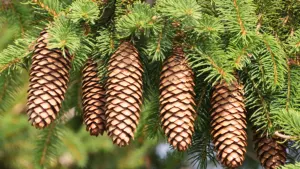
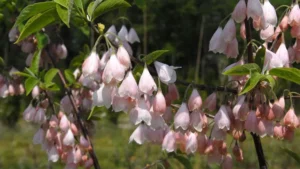
Leave your comment